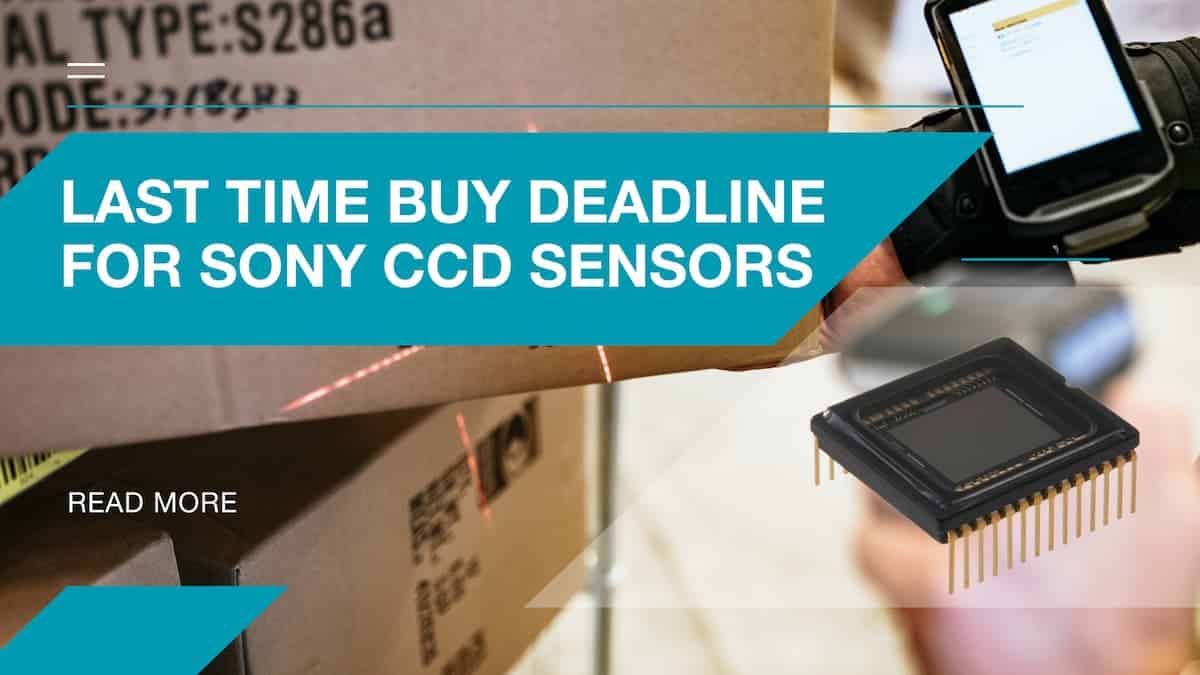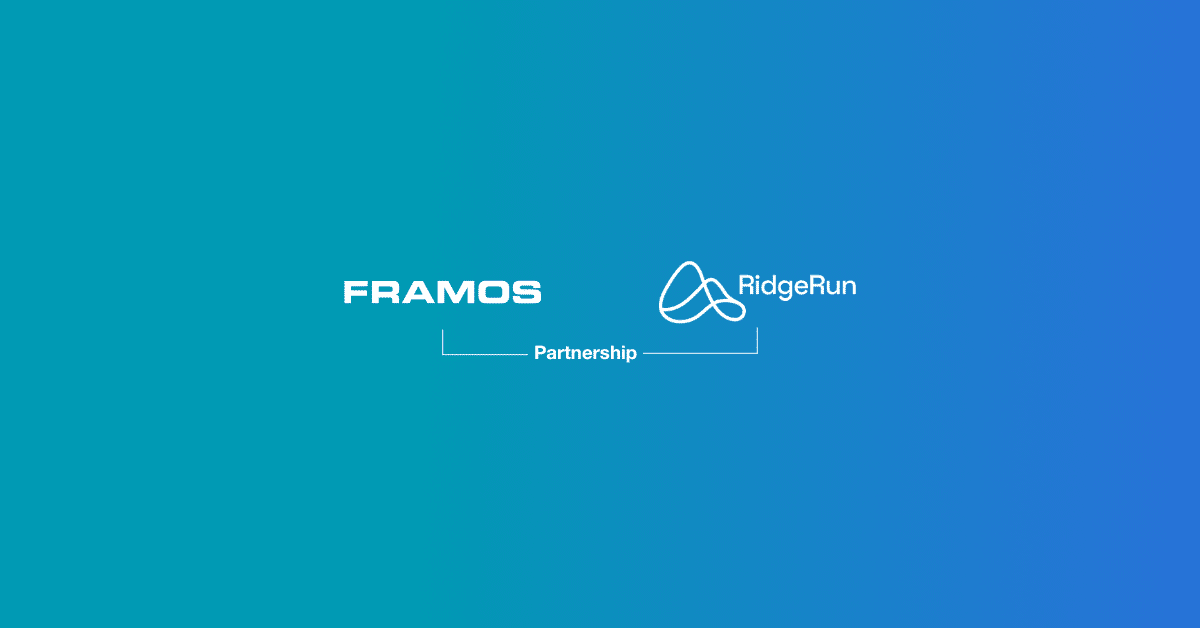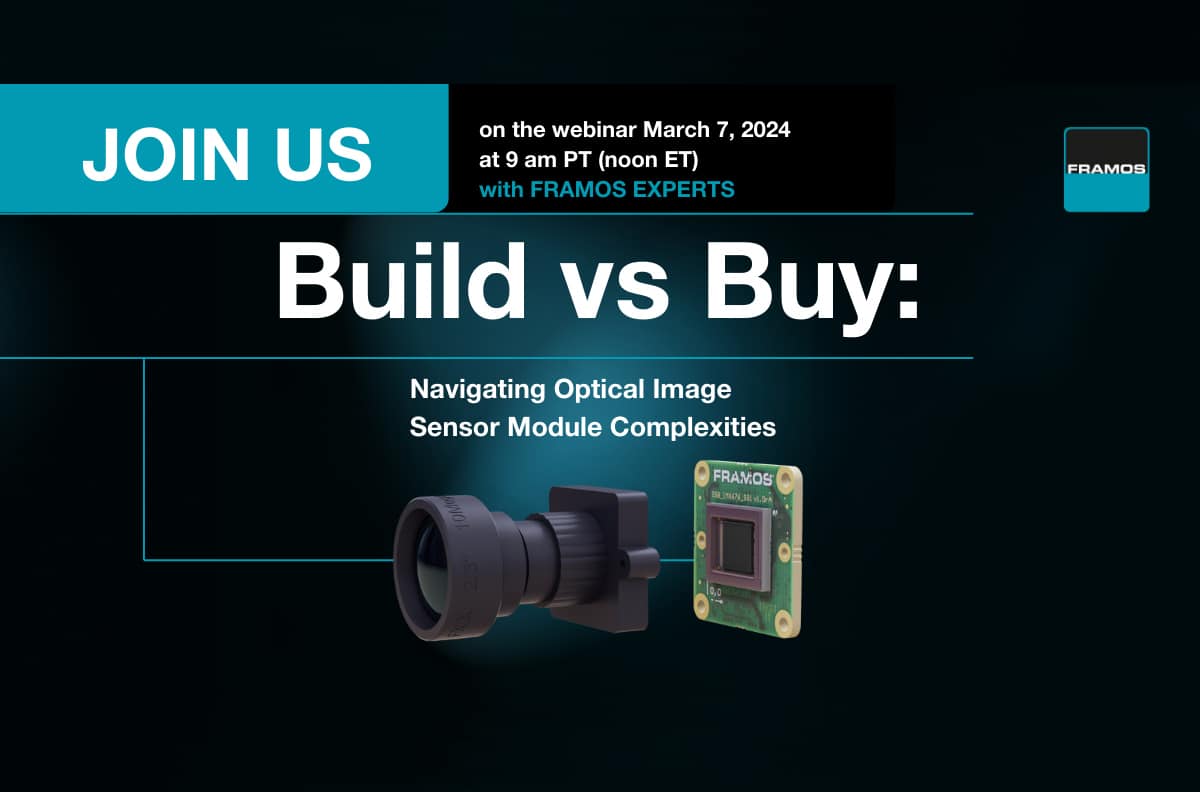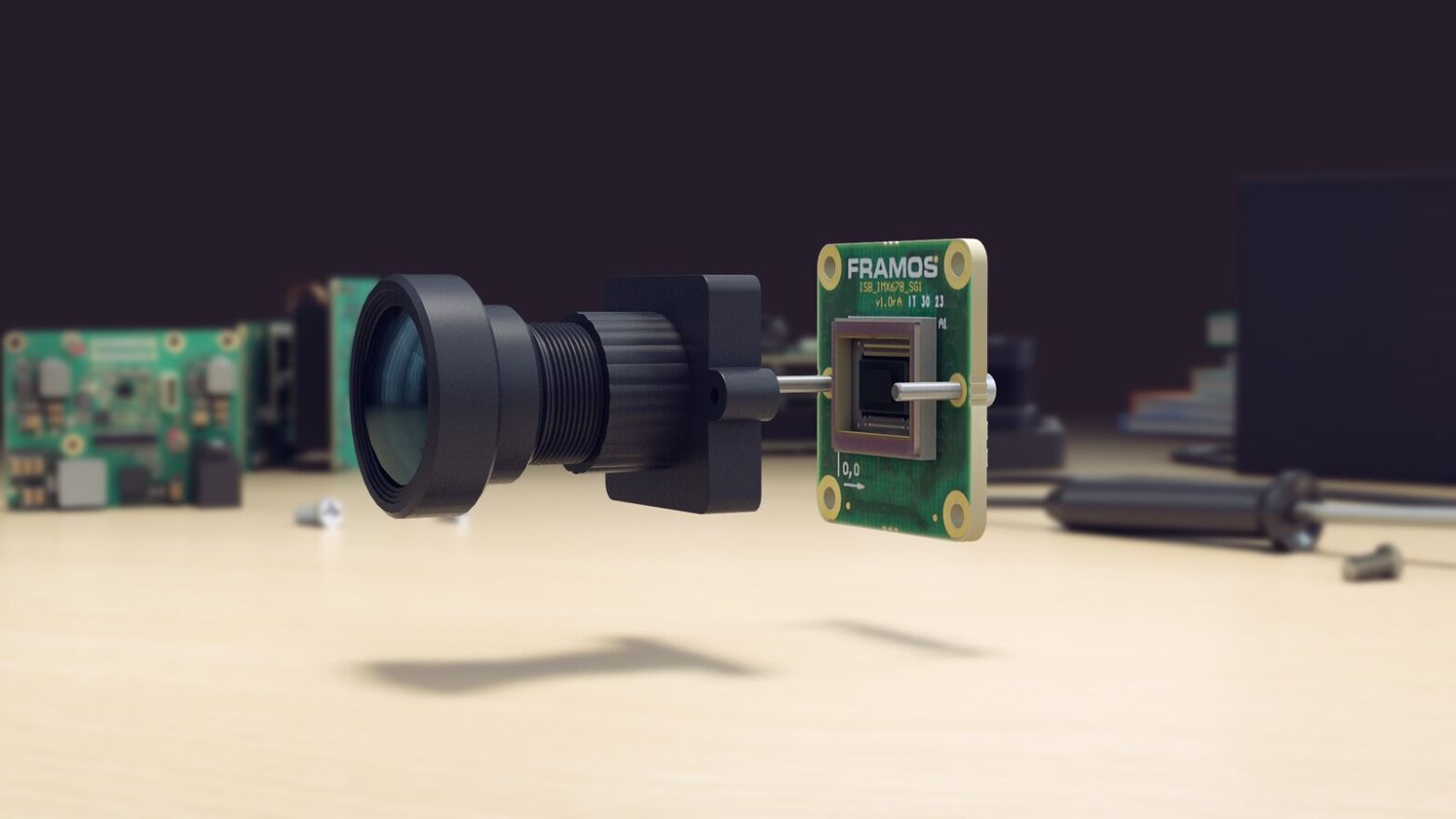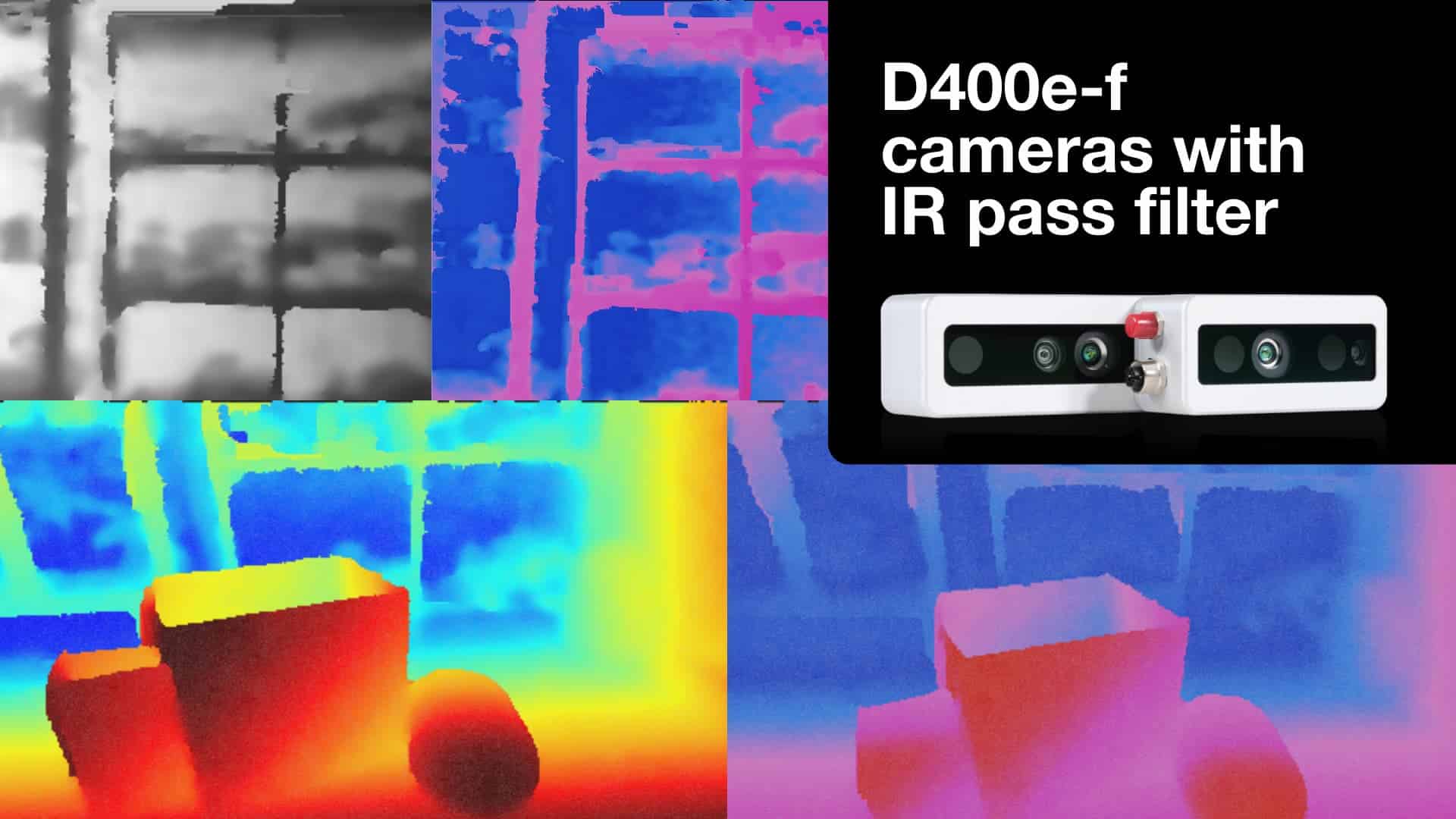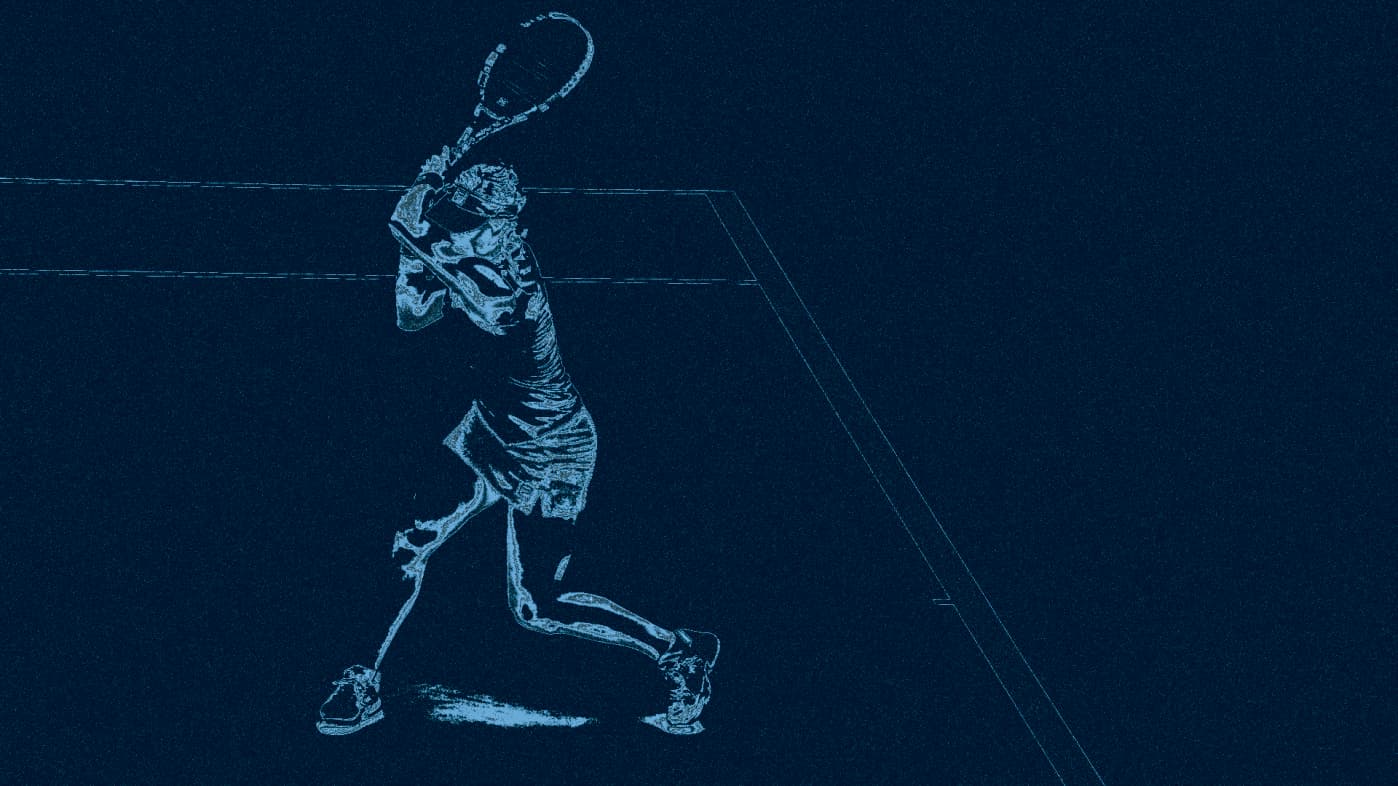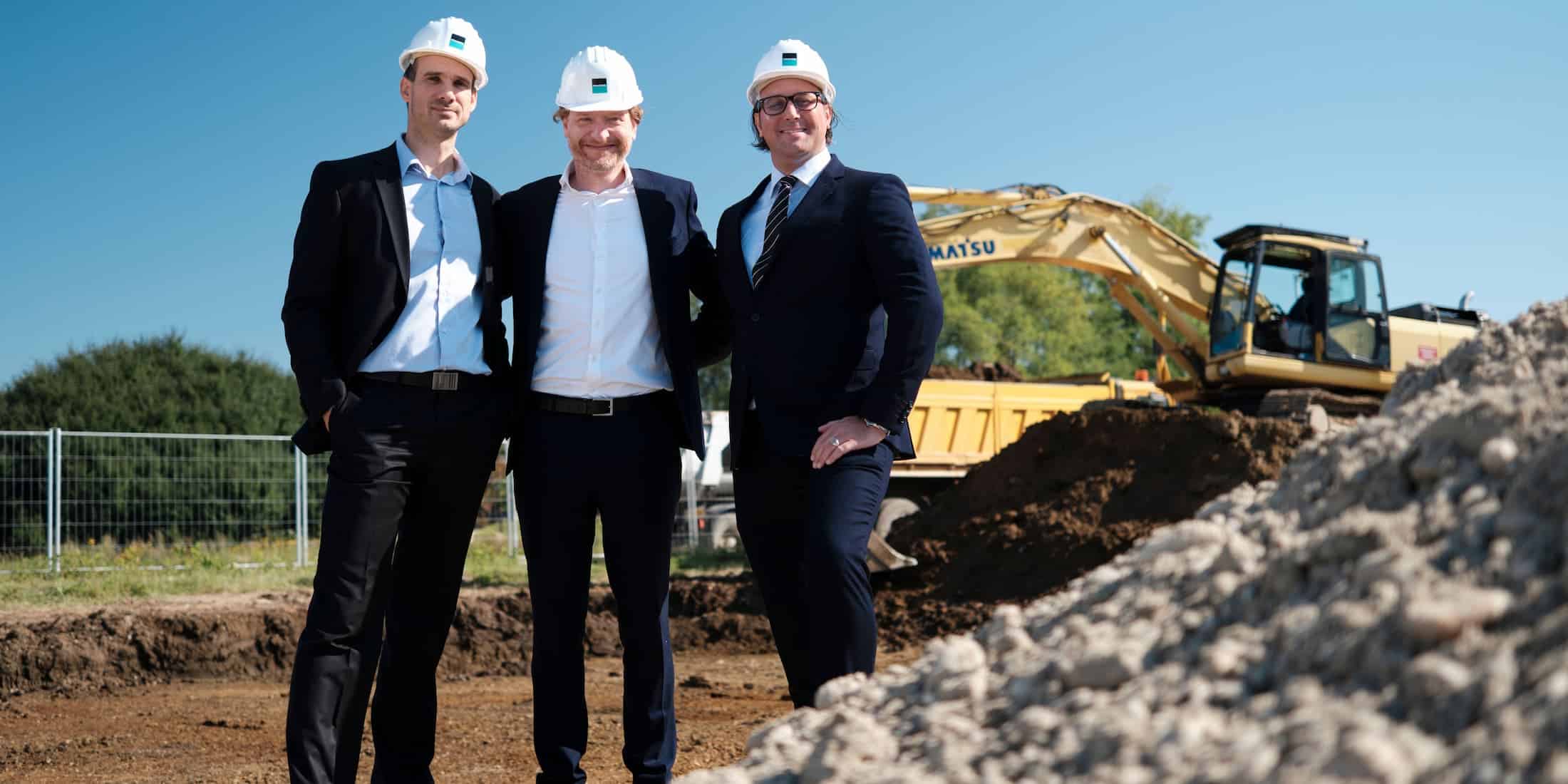Sensors are increasingly using RGB+IR technology. What does this mean for you and when is it best used? Let’s examine.
How do sensors see color?
 Most color image sensors use a monochrome sensor as a base and apply a color filter mask on all the pixels, commonly known as a Bayer mask. This mask restricts a portion of the visible light spectrum so that each pixel sees only a small set of light frequencies. The most common mask uses an RGB filter where alternating rows of pixels will have one row with Blue-Green pixels and the next row will have Green-Red pixels. This pattern repeats on each row and across the sensor uniformly. More green pixels are provided since the human eye has greater color resolution in this part of the visible spectrum.
Most color image sensors use a monochrome sensor as a base and apply a color filter mask on all the pixels, commonly known as a Bayer mask. This mask restricts a portion of the visible light spectrum so that each pixel sees only a small set of light frequencies. The most common mask uses an RGB filter where alternating rows of pixels will have one row with Blue-Green pixels and the next row will have Green-Red pixels. This pattern repeats on each row and across the sensor uniformly. More green pixels are provided since the human eye has greater color resolution in this part of the visible spectrum.
What is RGB+IR?
 This technology is similar to standard RGB color sensors in that it is a mask that is applied to a monochrome sensor. What is different is that one of the two green pixels is replaced with an Infrared (IR) pixel. This IR pixel contains Red, Green and Blue filter materials, effectively absorbing all of the light in the visible spectrum. IR light with longer wavelengths will pass through this filter with minimal loss.
This technology is similar to standard RGB color sensors in that it is a mask that is applied to a monochrome sensor. What is different is that one of the two green pixels is replaced with an Infrared (IR) pixel. This IR pixel contains Red, Green and Blue filter materials, effectively absorbing all of the light in the visible spectrum. IR light with longer wavelengths will pass through this filter with minimal loss.
What is the benefit of having an RGB+IR sensor?
The main benefits of an RGB+IR sensor are sensitivity and good color reproduction. This sensor will provide a brighter image as the available IR light is not blocked and is collected in addition to the visible light. With the standard Bayer masks, IR damages the color separation as it can only be approximated and not measured. This results in lost color resolution and color that does not look natural.
IR
With the addition of the IR sensing pixels we have a good measure of the IR signal and can subtract it from the color pixels before the de-bayering process. The resulting system offers an R, G, B and IR image. The combination of these 4 channels allows for a brighter image without sacrificing good color.
With RBG+IR there is no need to have a near IR cut filter in front of the sensor to get good color. There is no filter that needs to be removed or replaced with plain glass when working in low light conditions with near IR lighting.
With this sensor, lens selection becomes important as the simultaneous imaging of both visible and IR light requires an IR corrected lens. This setup allows you to get the best of both worlds – you get IR without sacrificing color. The tradeoff with this technology is the color resolution as 1 green pixel is removed to get the IR component
When is this best used?
The applications best suited to RGB+IR sensor technology would be those that need a mix of visible and near IR light. Security and traffic applications are perfect as they require imaging continuously from day to night, encountering the full spectrum of lighting conditions. The RGB+IR technology removes dependence on mechanical IR cut filters extending operational life and enhancing robustness.
Applications to avoid with this technology
Anything that requires high color/spatial resolution or a precise and accurate measurement of color, i.e. color measurement of paint samples or high frequency transitions (e.g. very narrow stripes). If your environment is predominately in color with little near IR light then this technology would not be a good fit as you will be missing important color information.
This technology is still relatively new but will become more prevalent in the next 2-3 years. The use of this technology will help make camera designs needing both RGB+IR much less complex.
If you have additional questions on this technology or how it would benefit you, our FRAMOS imaging experts are available to answer any questions. Send us an email at info@framos.com.




